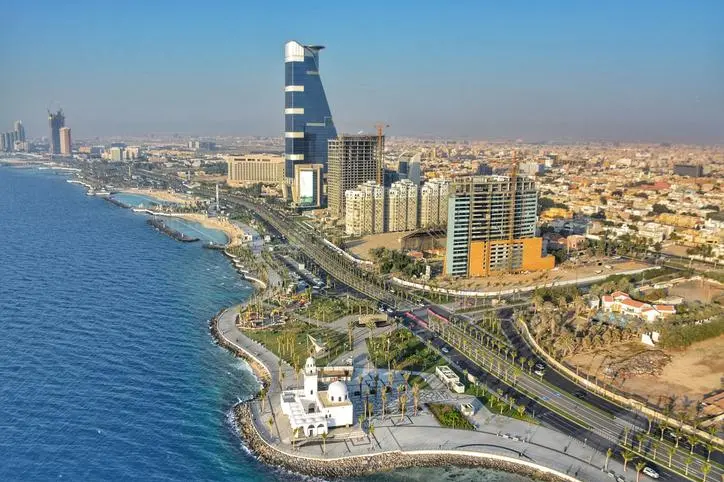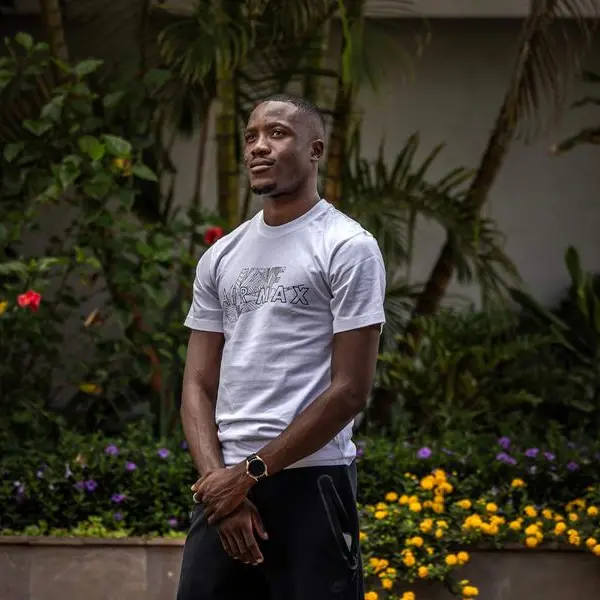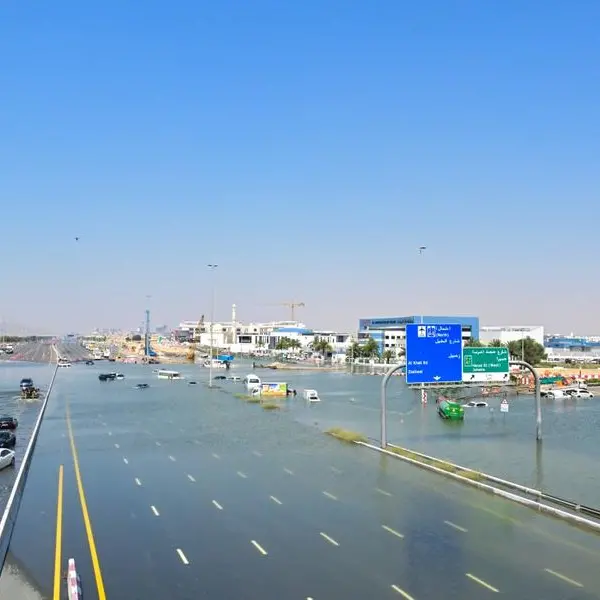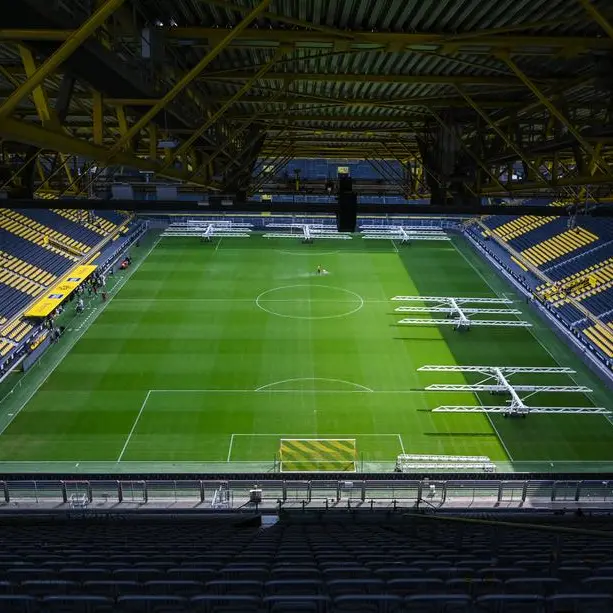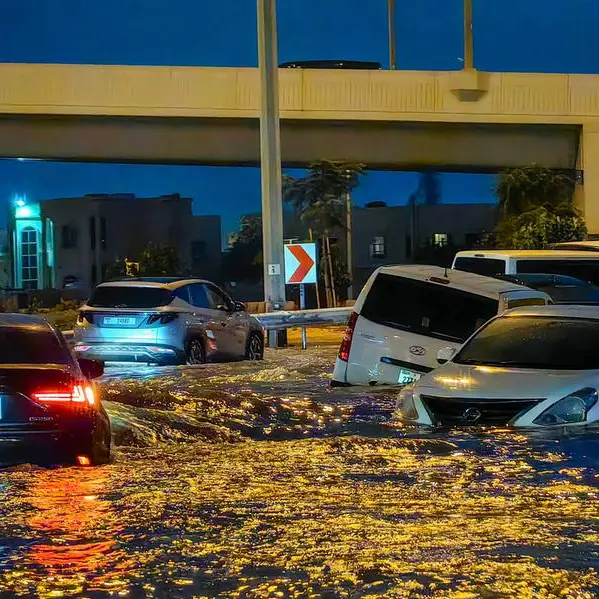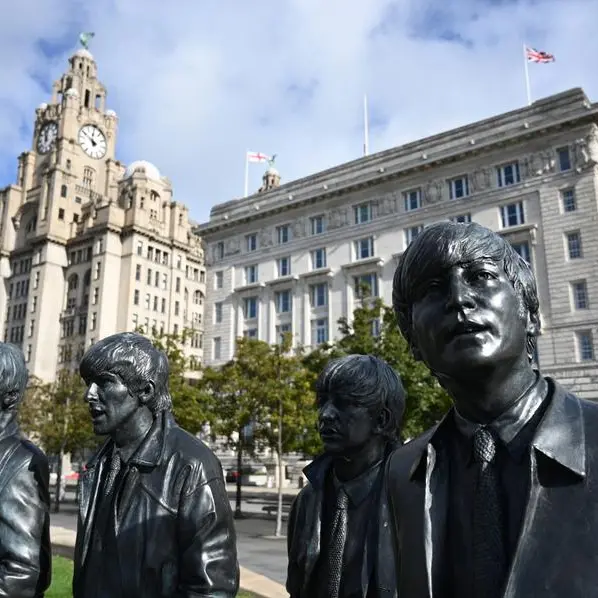PHOTO
JEDDAH: Jeddah’s rich and colorful past is riddled with events that can take a lifetime to tell, and which will soon be on display for all to see.
Situated on the western shores of the Kingdom, the city is a melting pot of cultures, traditions, languages and ethnicities. Jeddah, “The Pearl of the Red Sea,” will soon have a museum in the heart of its historic district that will showcase the city’s story.
The Ministry of Culture (MoC) has announced that the Red Sea Museum in the Bab Al-Bunt building will open to visitors at the end of 2022. The building’s location was historically known as Bab Al-Bunt port, connecting the residents of the Red Sea coast to the world, and a key gateway for pilgrims, merchants and tourists to the city.
The port also served as the departure point for Kingdom’s founding father, King Abdul Aziz Al-Saud, when he sailed to Egypt to meet King Farouk 74 years ago.
The building, designed in typical Jeddah style, bears white walls made of a heady mix of coral stones extracted from the nearby reef along the Red Sea shores, and purified clay from nearby lakes used to cement them, with the walls dotted with the unique intricate woodwork balconies and windows known as “rowshan,” historically known to have been influenced by the Levant.
It is believed that the building was also named after one of Jeddah’s old gateways, dating back over 200 years.
The MoC announced that the museum will house rare collections, manuscripts, pictures and books that tell the story of the building and city. It is seeking to celebrate the cultural value that the Red Sea coast represents, and the experiences of its residents, shedding light on stories of seafaring, trade, pilgrimage, diversity and other cultural elements that have shaped Jeddah, Makkah and Madinah.
Saudi artist Dia Aziz Dia, one of the Kingdom’s pioneers of the arts told Arab News that Jeddah’s unique place in history was a story that could be told in many ways, but that showcasing it in a museum would be the right approach.
“Our placement and history must be placed in a museum because if it’s not placed now and studied properly to show to the world who we are, then all of our heritage could be lost in time,” Dia said.
He added that it is no easy task to reach international museum standards, as many of the items, paintings and artifacts will need special attention with highly skilled workers to ensure optimal preservation and display, fitting for a museum that will accommodate not only locals, but visitors from across the world.
The museum will house more than 100 creative artworks, hold about four temporary annual exhibitions, and offer educational programs for all age groups.
It will tell stories of woven cultures and traditions handed down throughout time — of east meeting west, openness, and centuries of progress.
“Whatever will be on display in the museum will show the history of the city and its special location in the world, because Jeddah is a gateway for all (pilgrims) arriving to head to Makkah and Madinah for Hajj (and Umrah),” said Dia. “At the same time, those who stayed in Jeddah throughout history, the mixing and diversity that resulted from that gives Jeddah its broad culture because the people are not from one category or one nationality, such as in other cities in the Kingdom.
The Red Sea Museum is part of the Quality of Life Vision Realization Program of the Kingdom’s Vision 2030. It also comes under the umbrella of the Specialized Museums Initiative, part of the first package of the MoC’s range of initiatives.
Copyright: Arab News © 2020 All rights reserved. Provided by SyndiGate Media Inc. (Syndigate.info).
